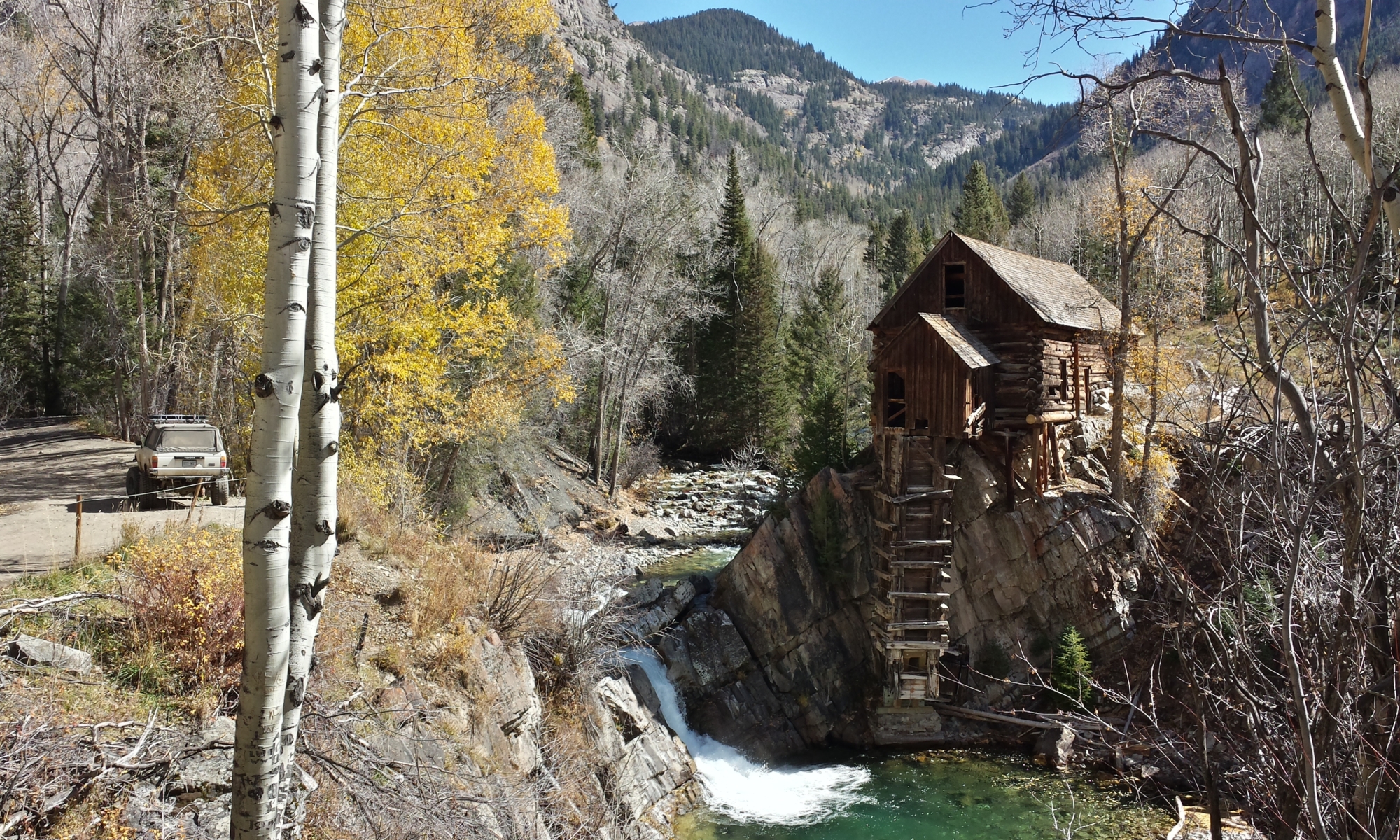My spring break trip was a very spur-of-the-moment decision. I bought a ticket on a Thursday and flew the next Saturday. Prices in Tunisia don’t change no matter how early or late you book your flight. If there are seats available, you can walk up and purchase your ticket 20 minutes before the plane leaves if you want. The Tunisia to Tirana route isn’t that popular so I had no problem getting a seat with such little notice. I purchased my ticket through the STA Travel affiliate in Tunisia. The airline was Alitalia and my route was Tunis – Milan – Tirana going and Tirana – Rome – Tunis coming back.
You may ask why I chose Albania of all places to visit. It’s simple really. Back when I was in high school my family hosted a girl from Albania for the year. Her parents live in Vlora, Albania. I hooked up with them through her and my adventure started. The longer I was in Albania, the more convoluted the relation to my various hosts got. After this trip I now resolve always to travel in the company of Albanians.
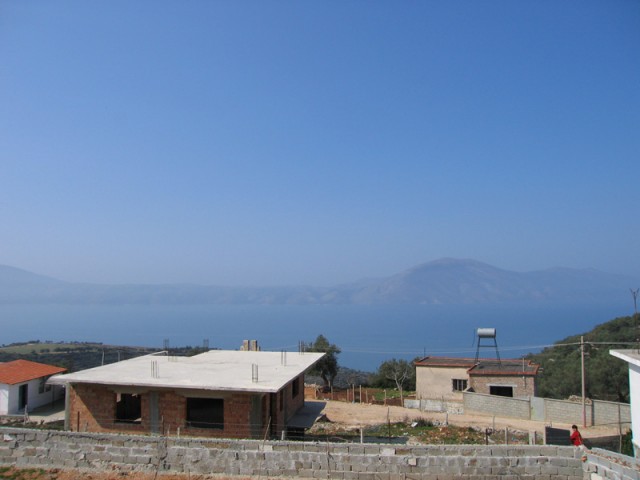
The hotel I stayed at the first few days was situated about half-way between Vlora and Orikum on the Vlora Lagoon. The owner came from this village perched about 500 meters above sea level and directly above the hotel. One day he took me to visit his mom and the village. This village is as Albania used to be everywhere until the rise of Communism. Much of Albania still is like this village.
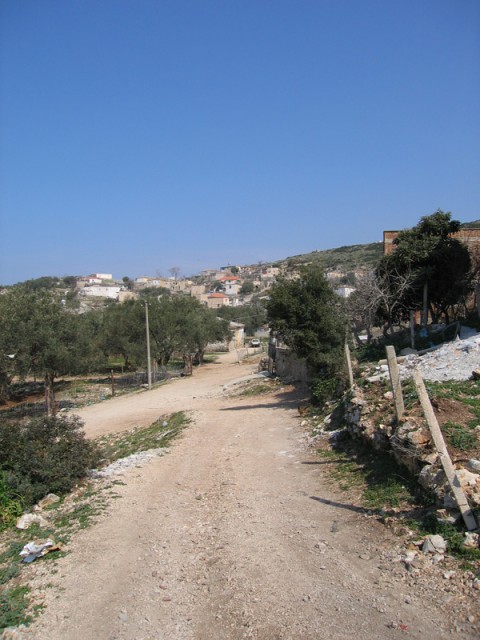
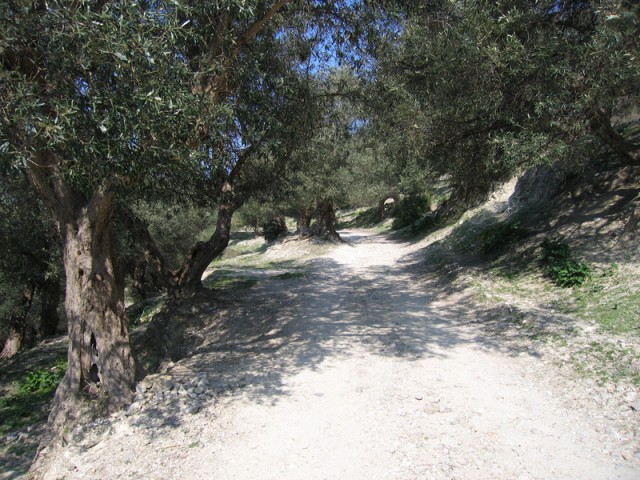
As with every Mediterranean country, this one too has thousands upon thousands of olive trees dotting the landscape.

Looking toward Vlora
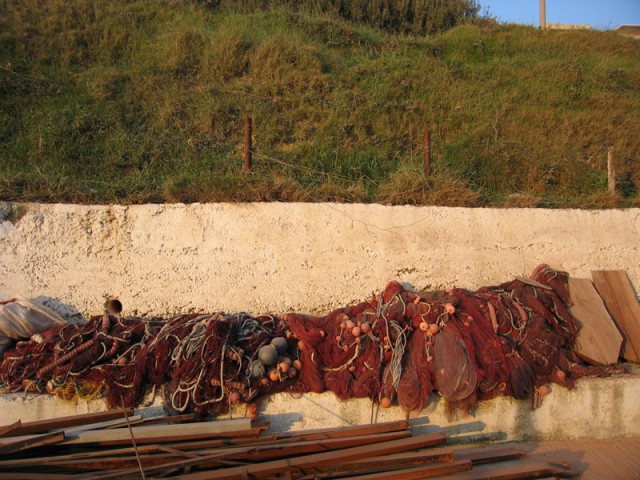
Aside from running the hotel, the owner also maintains a fishing boat for operation in the lagoon and transport to the peninsula where he keeps his beehives. These nets were sitting outside of the hotel in the car-park area.
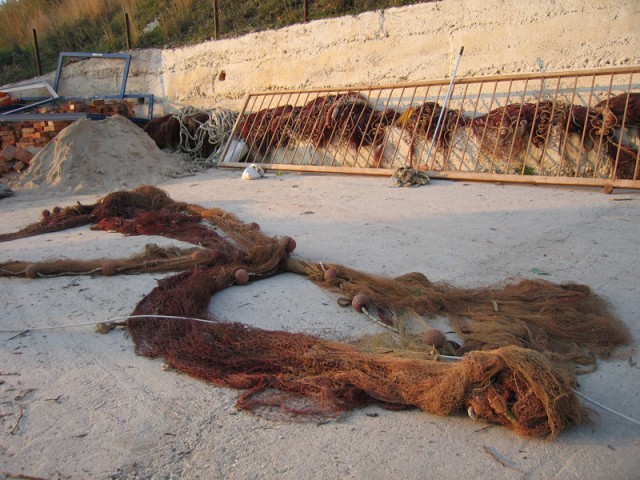
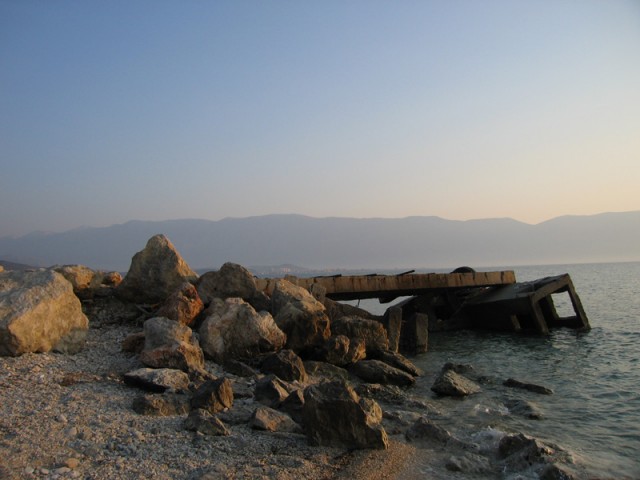
If you have a very shallow-draft boat, you too can pull up at the hotel’s private dock! At one point there had been a gas station servicing both automobiles and boats. All that is left of the station is the makeshift pier and an old gas pump.
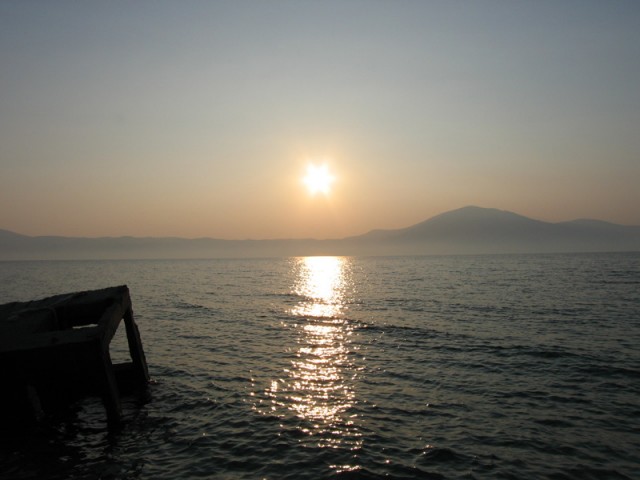
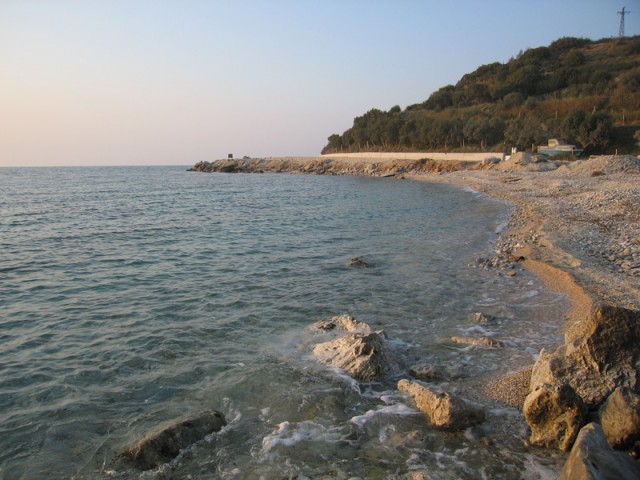
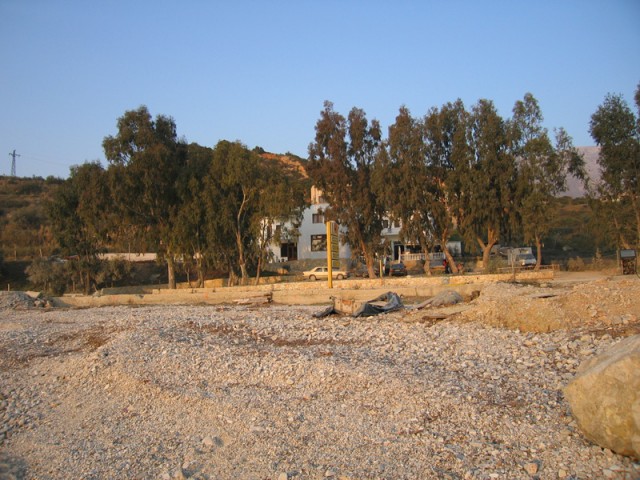
My hotel
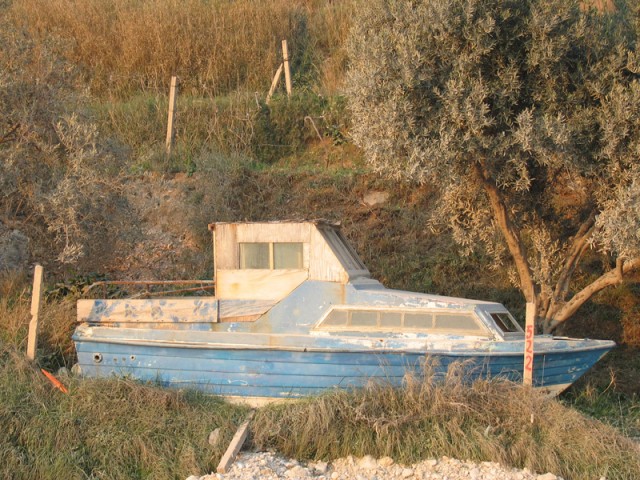
One of the older fishing boats long since pulled out of the water.
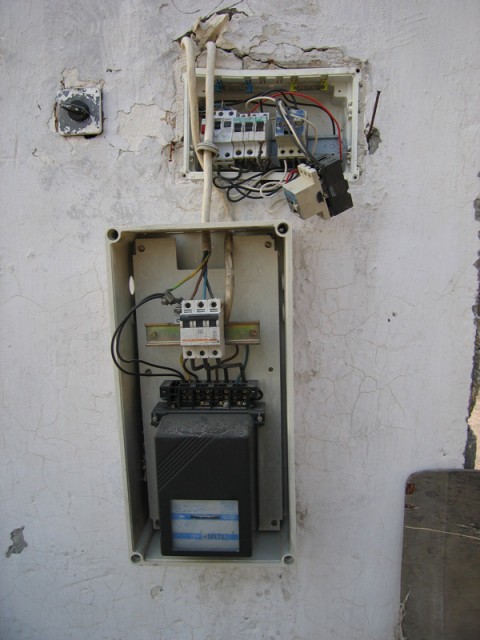
The electricity meter and breakers for the now demolished gas station.
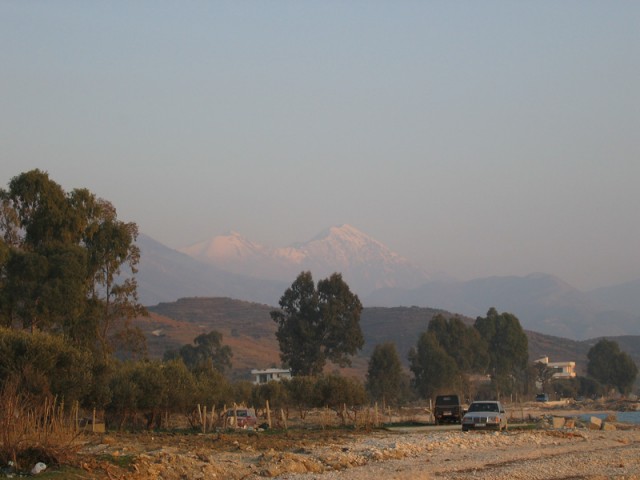
The Llogara National Park mountains in the distance. And yes, that’s snow. Coming from Tunisia where it almost never snows, seeing so much snow was quite the shock.
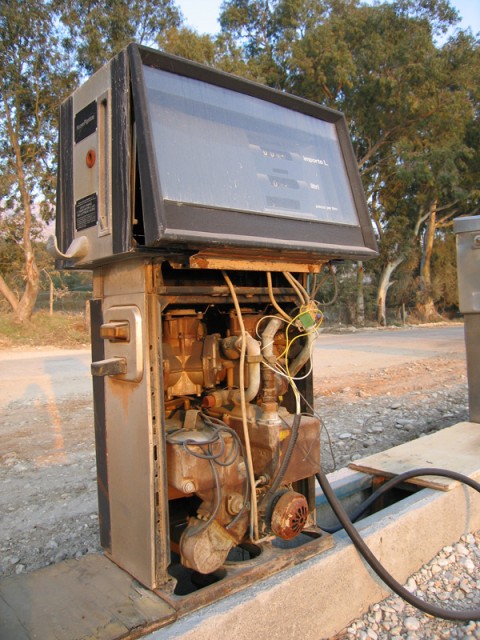
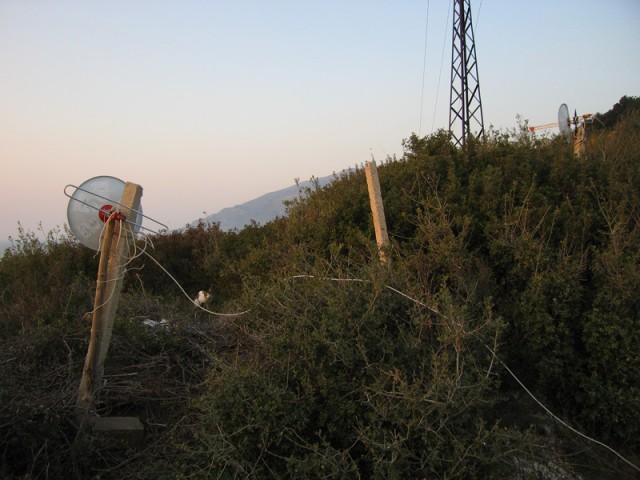
The TV antenna for some houses neighboring the hotel.

Chinese electric tower. During the communist days Albania was allied with China while isolating itself from Russia and the west.
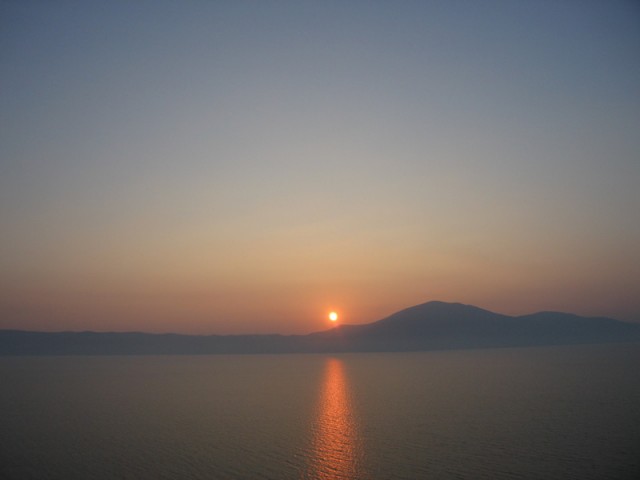

Communist era irrigation piping behind the hotel.
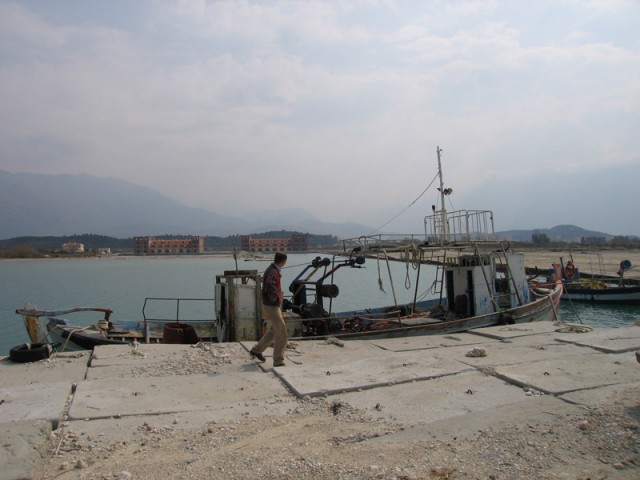
The hotel owner’s boat. We were going to go out in it but there were some technical difficulties. There were several abortive attempts to go fishing and collecting honey. He promises me that the next time I visit that he’ll take me out on the water for a good time.
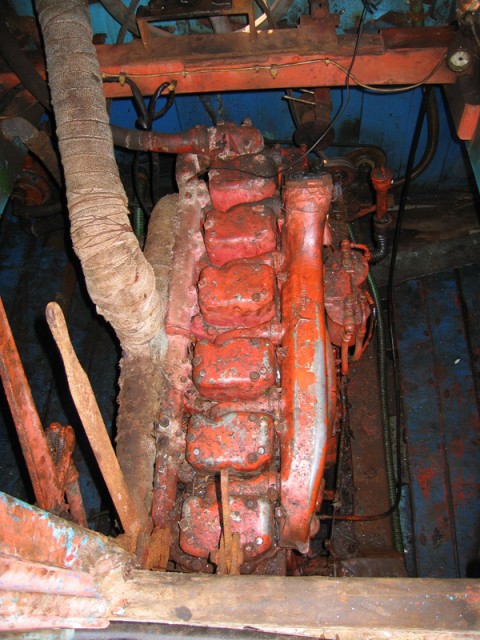
Six-Cylinder Mercedes power!
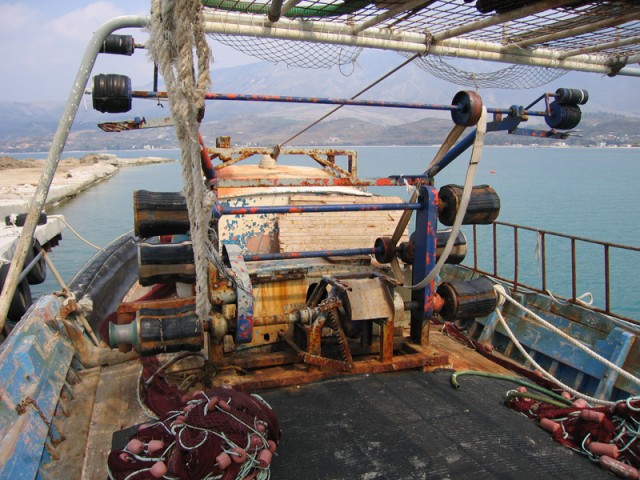
The home-built machinery to raise the nets from the water.
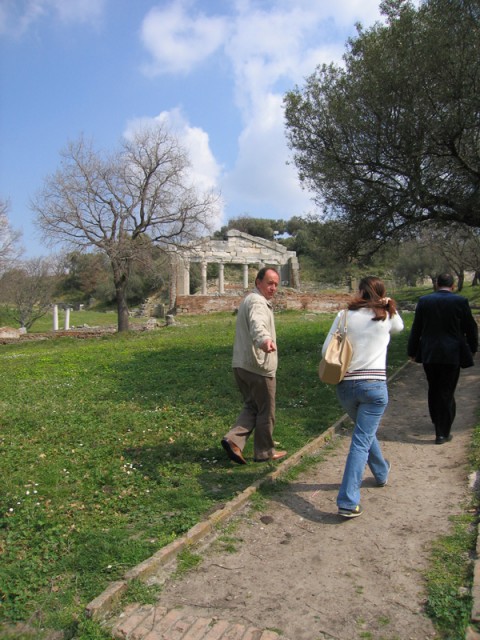
About an hour north of Vlora the town of Dures is home to some ancient Greek and Roman ruins. The site is called Apollonia. My Albanian father and I were accompanied by one of his friends and his friend’s daughter who is a third year English student at the university in Vlora to help translate.
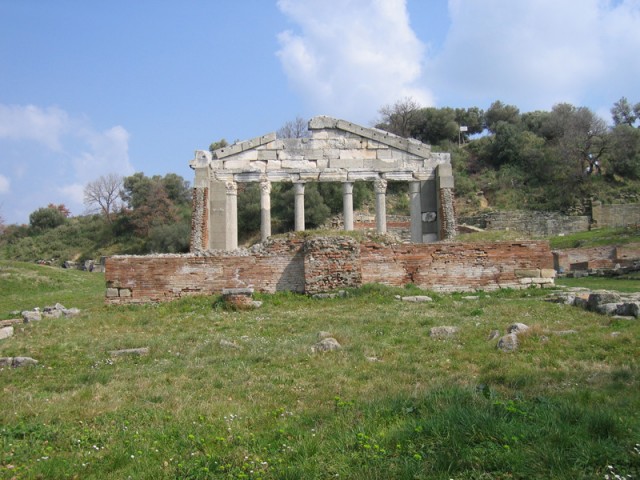
The forum.

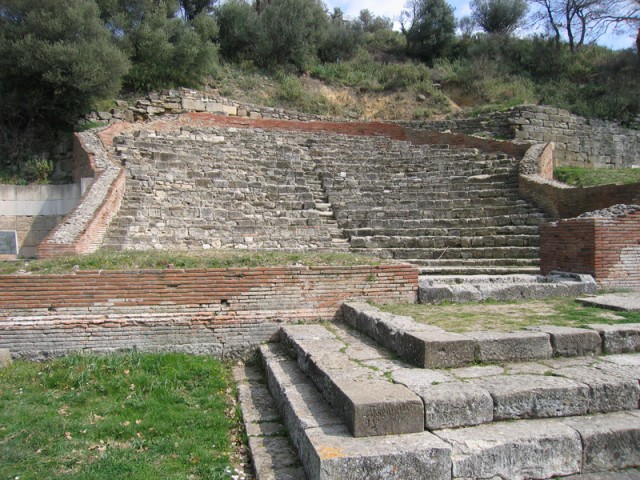
The amphitheater.
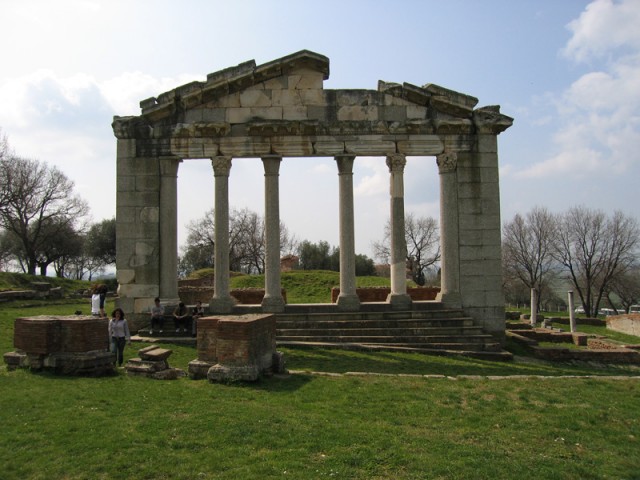
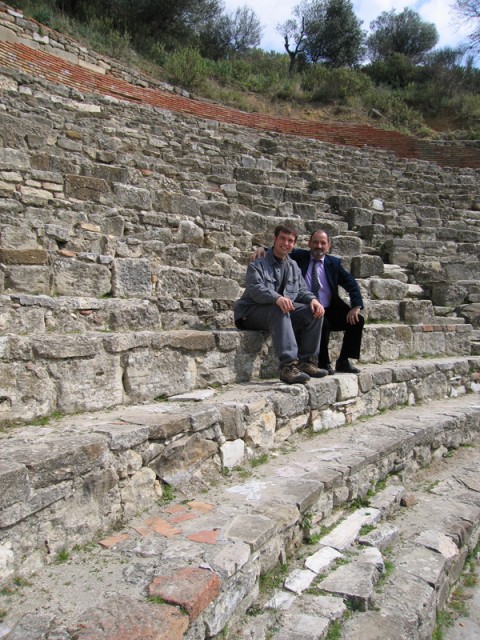
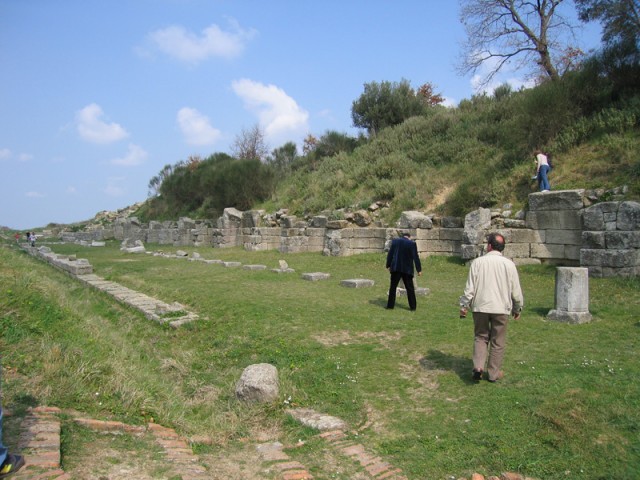
The market and promenade.
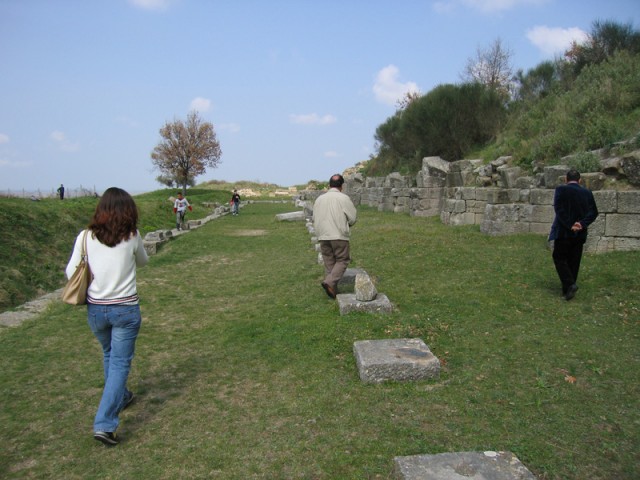
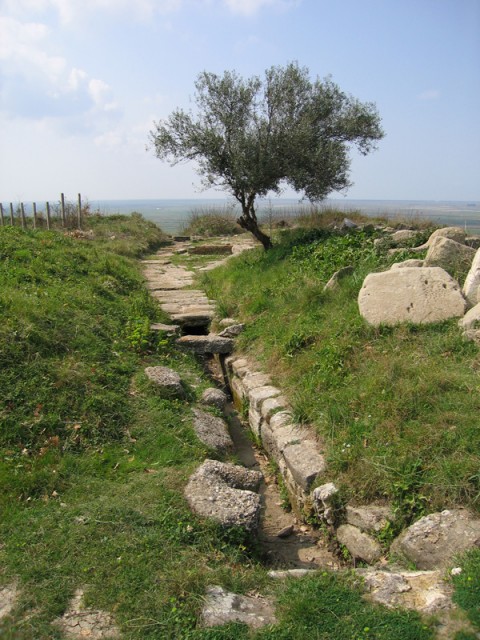
The ancient sewage system still works!
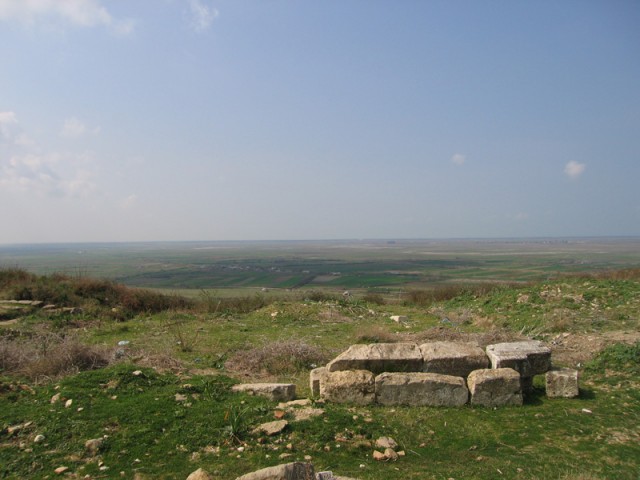
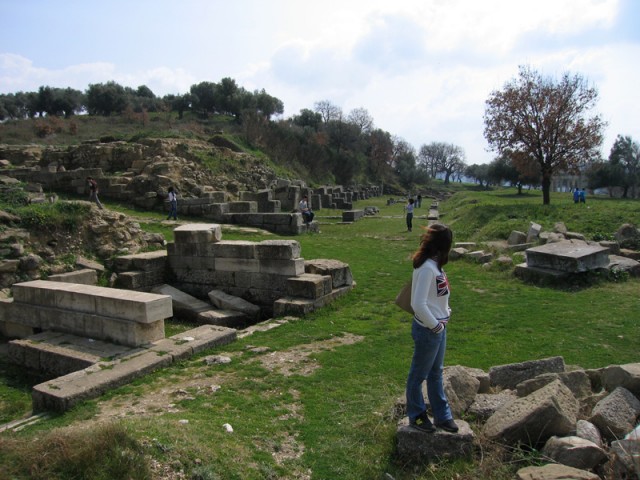
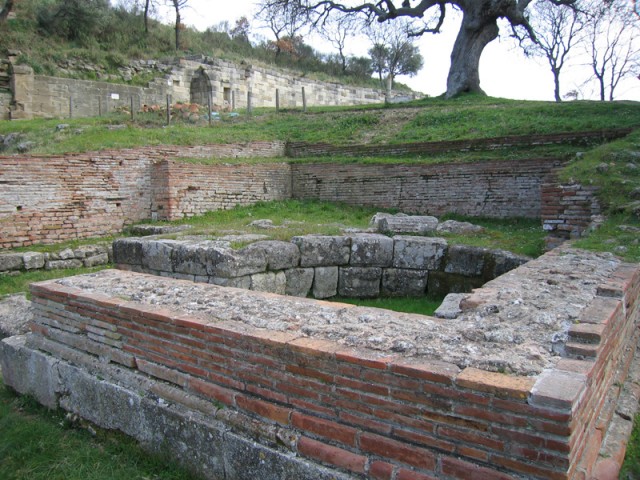
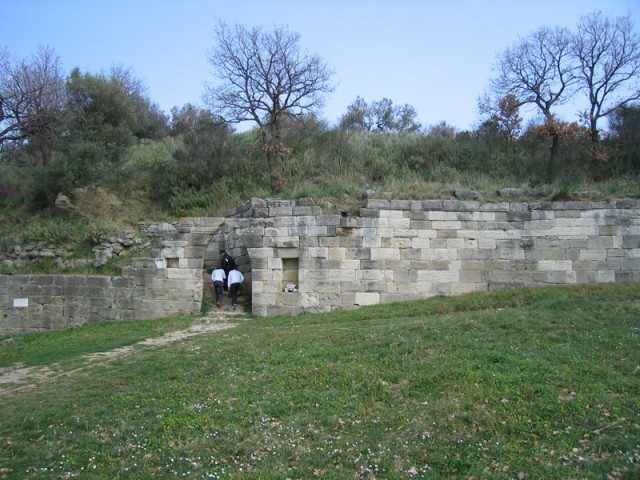

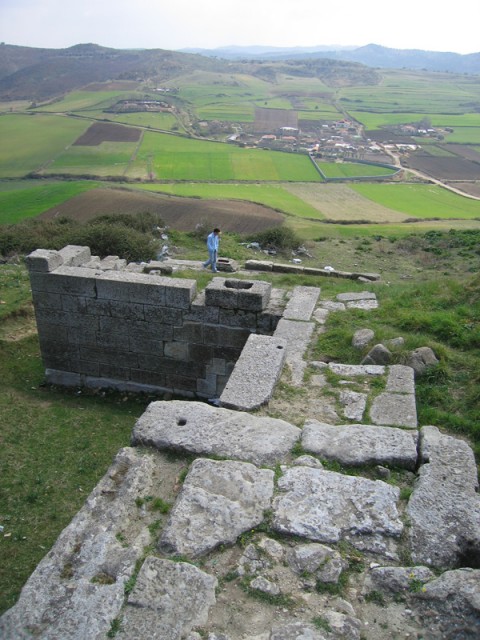
City walls.

Supposedly Apollonia was a port town. At one point before the river silted up, ships were able to make the 7 kilometer journey from the sea in to the city. Supposedly this column is proof of that as the rope rub marks (near the top) are shown as evidence of the port. However, this column is about 150 meters above sea level! Unless the sea was VERY high in this part of the world back 2000 years ago or maybe if the land has REALLY risen there is no possible way that this was part of the port.
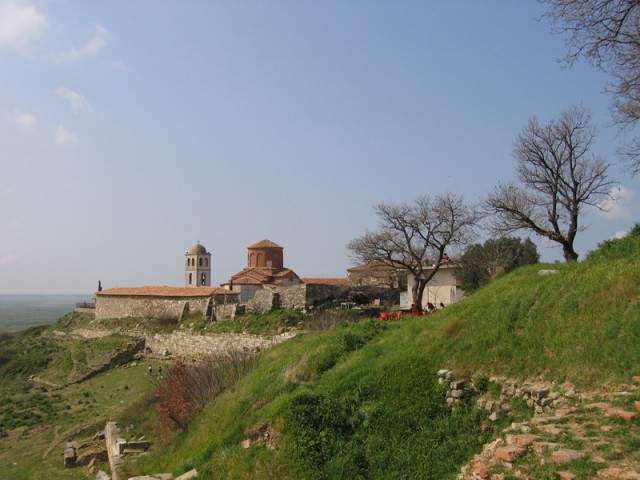
As with many ancient sites around the world, the Christians decided to build a church on top of it. This actually used to be a monastery before communism. During the communist era it was used as a grain silo. Now it’s a museum.
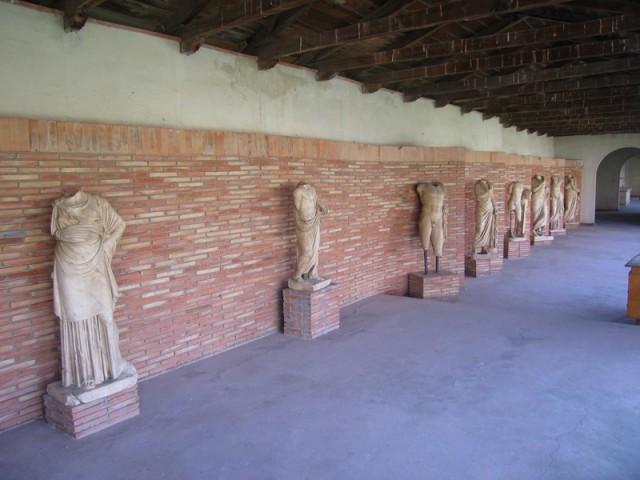
Sculptures pulled from the site and put in the museum. During the troubles back in 1997 the museum was broken into and looted. None of the artefacts have ever been recovered and the museum is only a shadow of its former self.
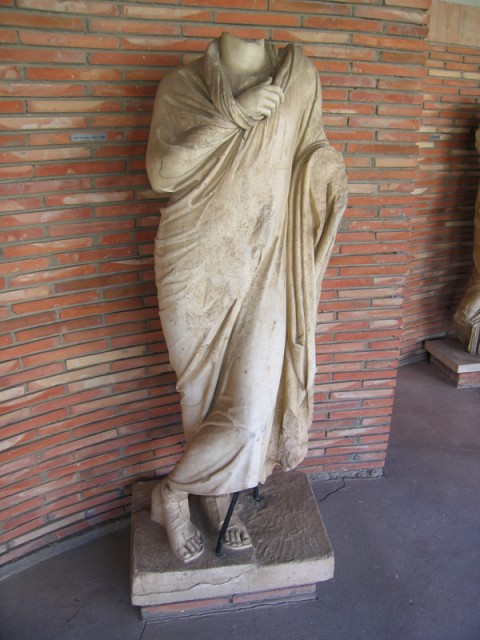
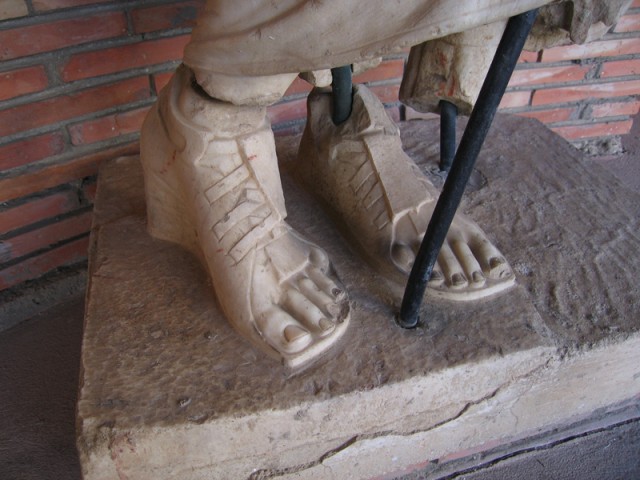
This person must have been related to the one dynasty of Egyptian Pharaohs who had extremely long toes!
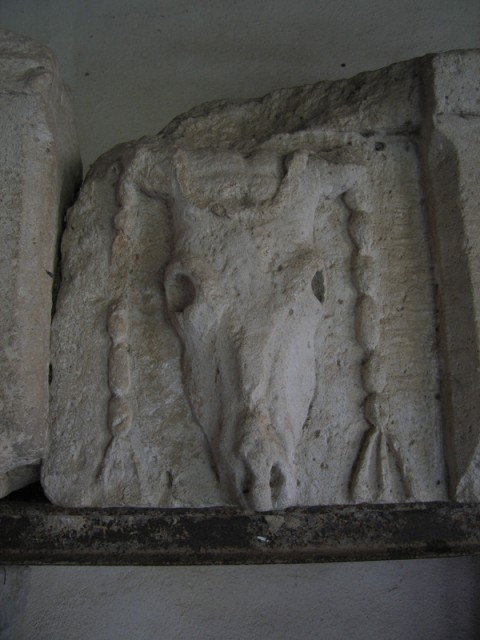
It appears that the ancient Greeks and Romans liked western themes.

Yes, those are pots.
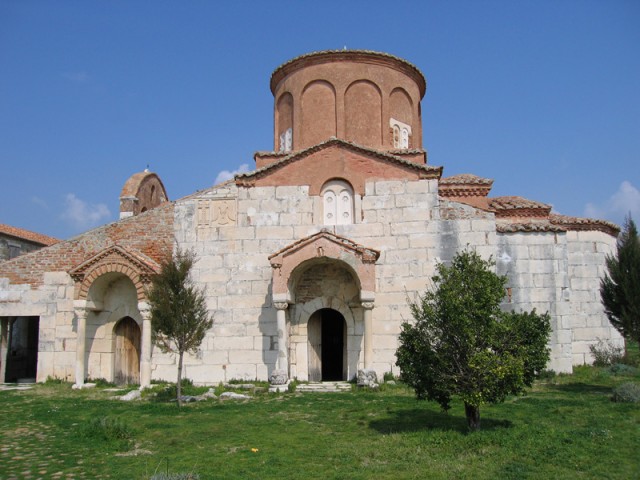
The church at the middle of the monastery.
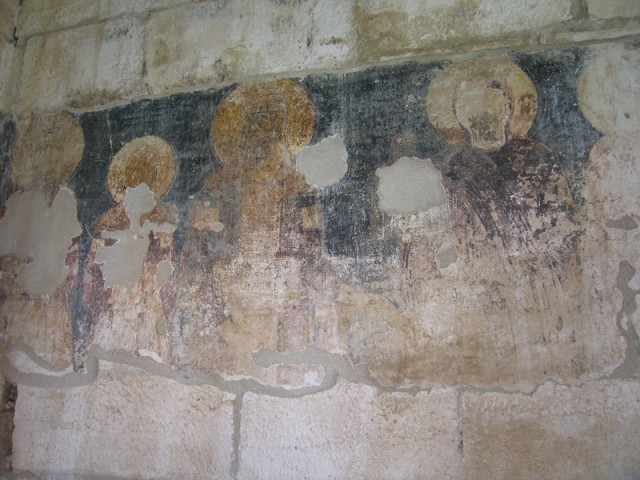
There were some beautiful frescoes and paintings dating back about 800 years in the chapel. They would have been better preserved had it not been for the grain being stored inside.
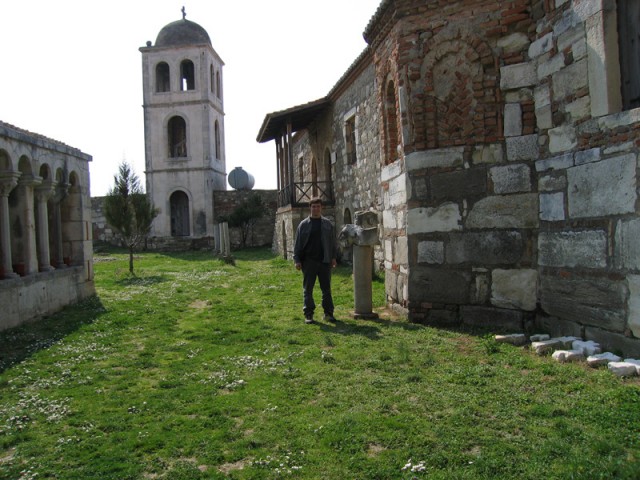
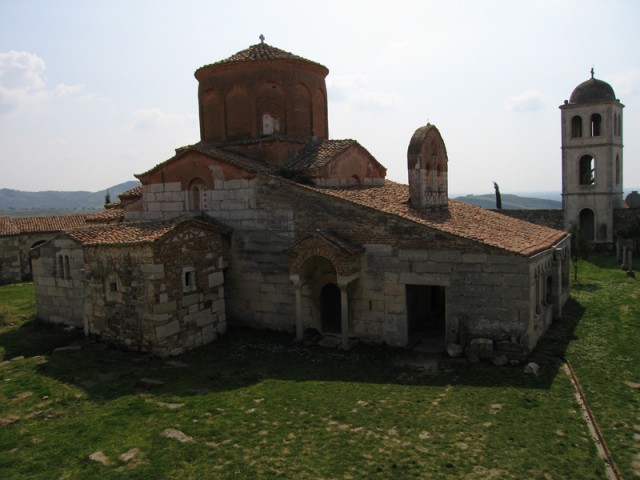
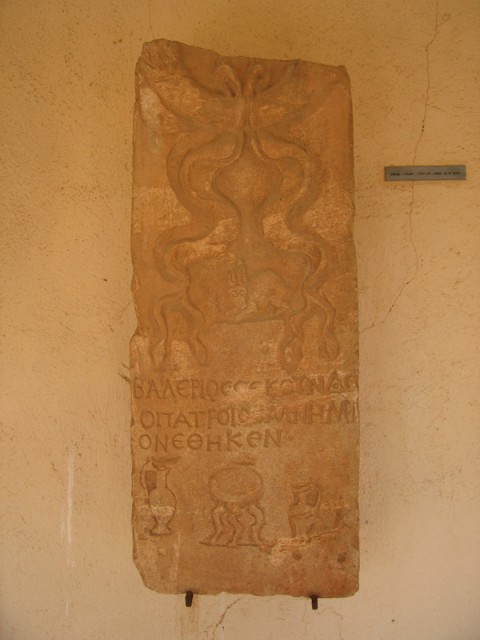
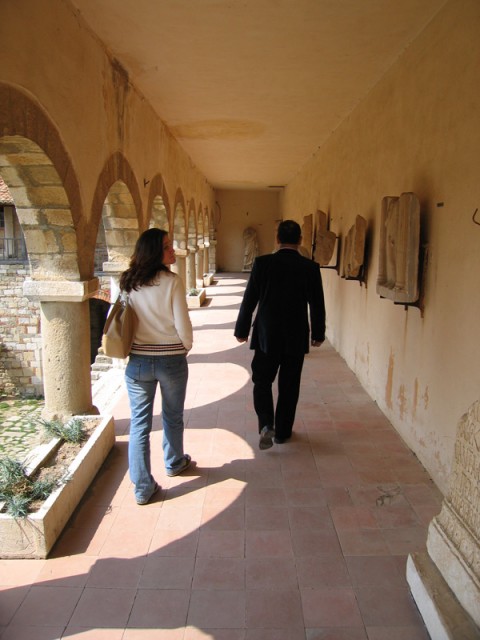
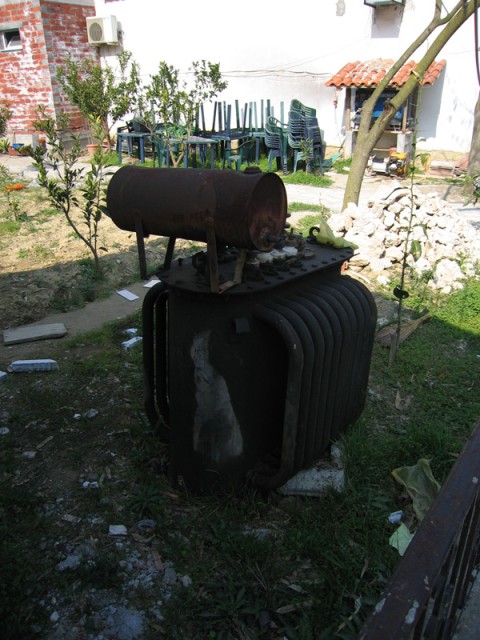
An abandoned transformer sitting outside of a really good restaurant in between Fier and Vlora.
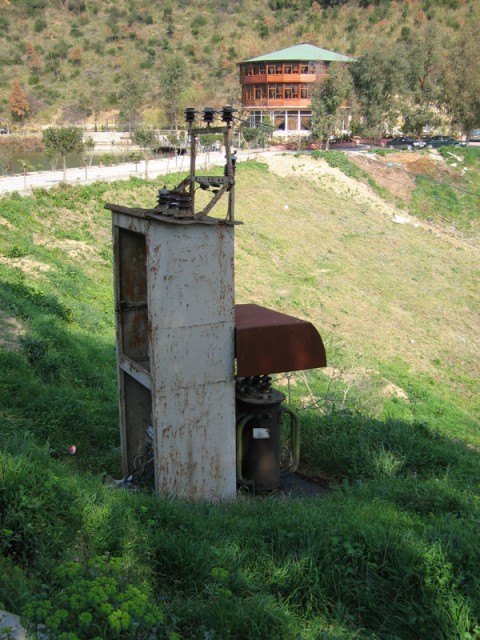
The current transformer. Note that it’s placed on the ground with a small fence around it. I suppose that’s one way of getting rid of stupid people and animals!

Another transformer. This one is at least off the ground but still easily accessible.
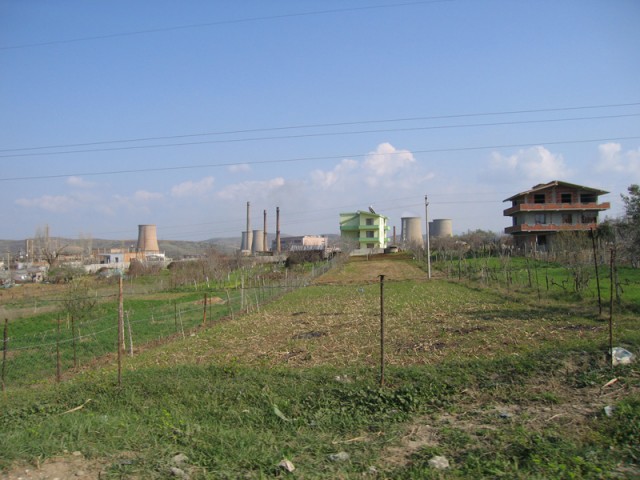
The industrial zone in Fier. The cooling towers are for a oil fired power plant.
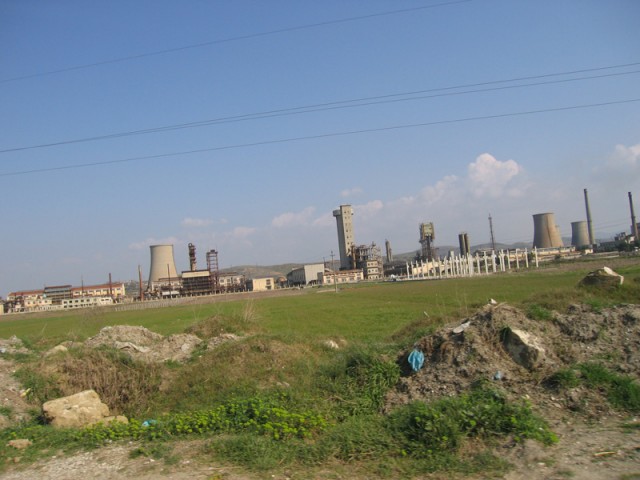
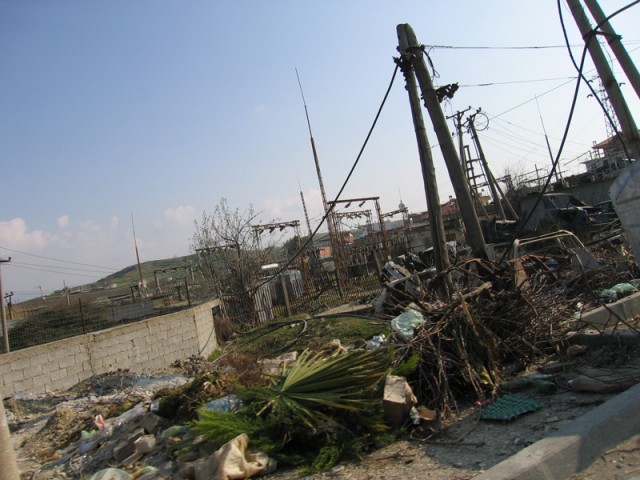
An Albanian substation.
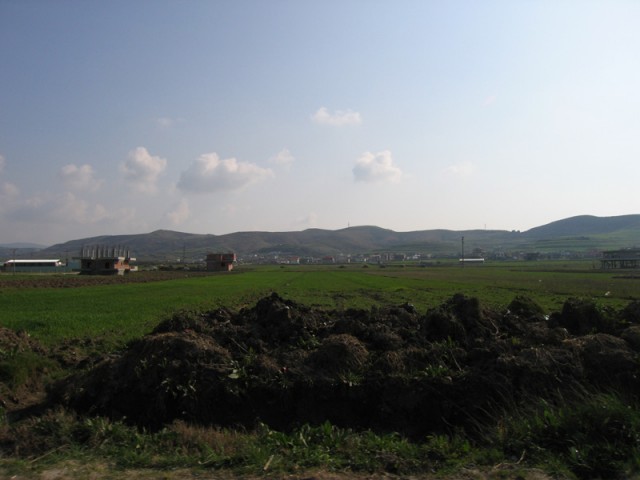
Rich farmland with a row of bunkers in the distance. The idea during communist times was not to be able to keep the enemy out of the country but rather to inflict such heavy casualties on any invader that it wouldn’t be worthwhile for any aggressor to attack. There are three or four “escalations” of defenses in Albania. First are the coastal defense and border network with bunkers for people and for cannons strung out along the coast. Marching inward into Albania an attacker would encounter several rings of bunkers and artillery installations around each city and most major villages. The total number of rings including the border and sea defenses was and still is four. As each escalation point was passed, the “oh crap” meter would rise higher and higher. It should be noted that Albania has now begun to destroy it’s communist era stockpile of chemical weapons. I wonder which escalation point that they would have been used at?
In post-communist “democratic” times Albania is still rich in bunkers. No matter where you travel in the country, a bunker will be there. People have started to make use of these now defunct concrete communist constructions. Along some of the larger rivers the bunkers have been pulled up and dumped along the banks creating a bulwark against erosion. In some of the larger bunkers people have setup businesses selling a whole host of products and services. Still other bunkers have been gaily painted and now decorate people’s gardens. The vast majority of bunkers, however, remain in their neglected and forgotten state — a constant reminder of the recent past of Albania. One day in the future archaeologists will discover a land full of strange concrete structures and they will say “They must have been a mighty people to erect so many monuments!” If only those archaeologists knew the true nature of these bunkers.
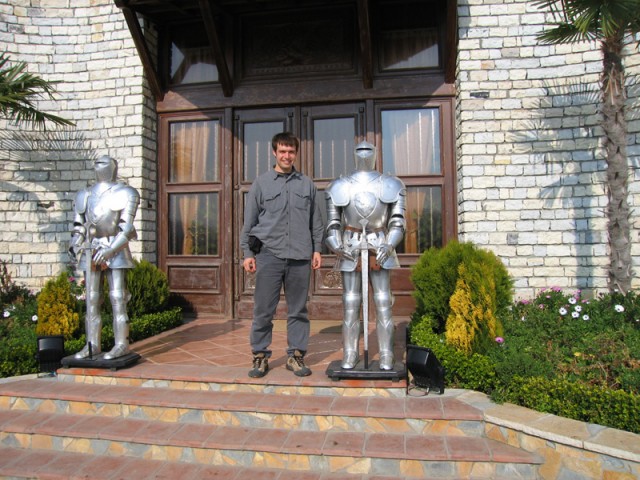
At a hotel we stopped at for a drink I was greeted by two knights in shining armor.

My Albanian mom in her pharmacy.

The road up to Llogora National Park.
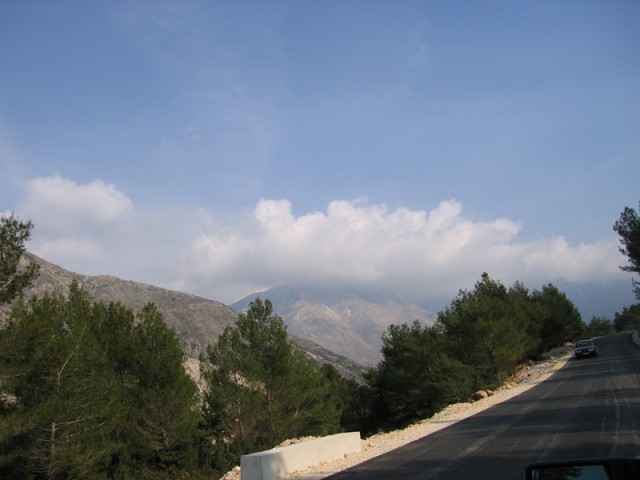
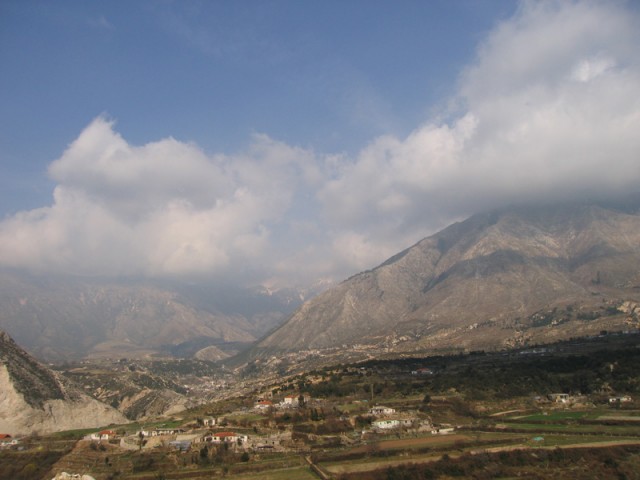
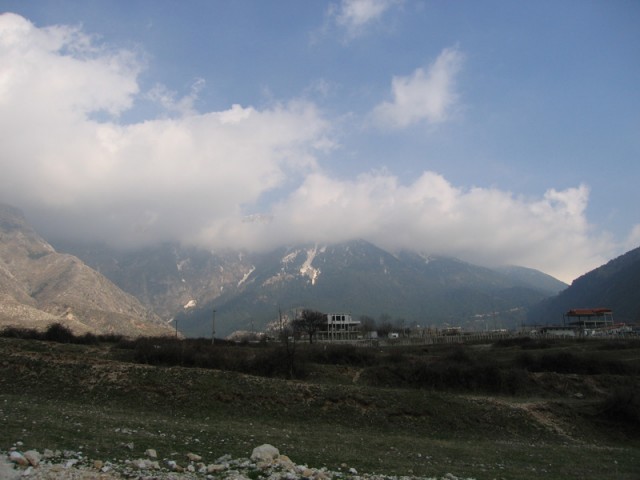
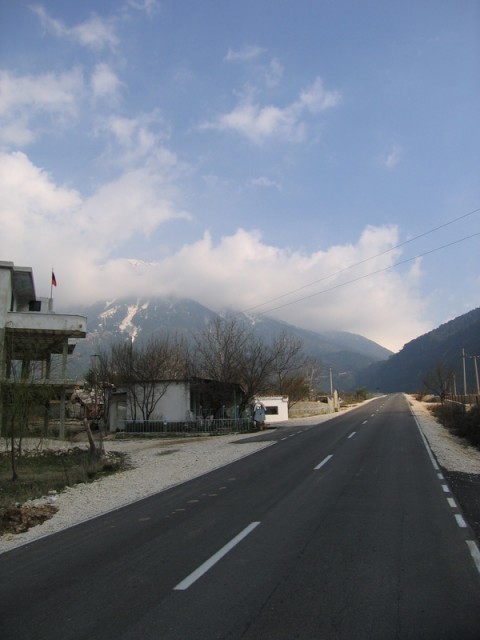
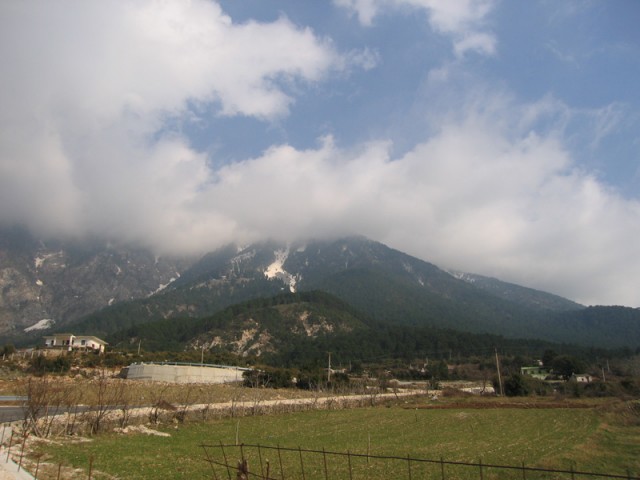
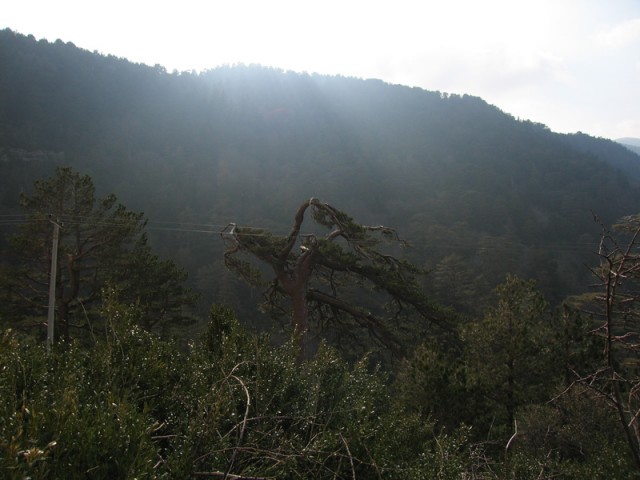
A flag tree. They are famous in Albania for their shape. The wind at certain times of the year comes ripping over the top of the pass deforming these trees and allowing them to only grow to a certain height before they are bent sideways.
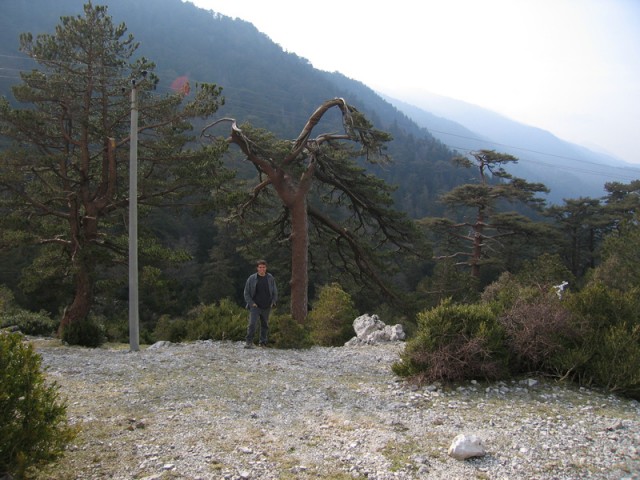
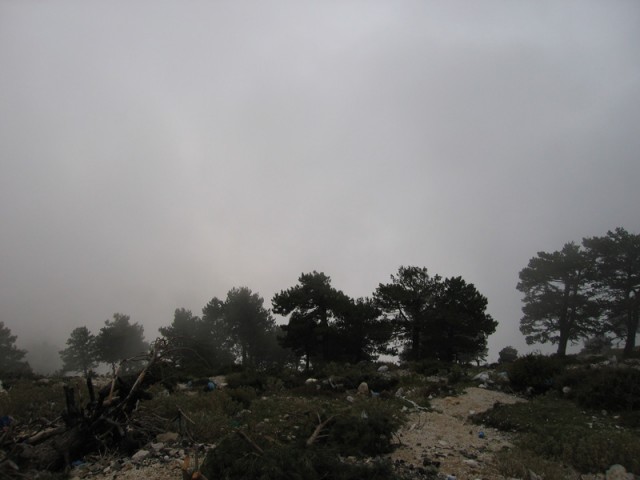
Through the fog and mist, if you use your imagination you can see the sea. From about 2000 meters, the land abruptly falls over about a half kilometer to the sea. From this point you can see all the way to Greece.
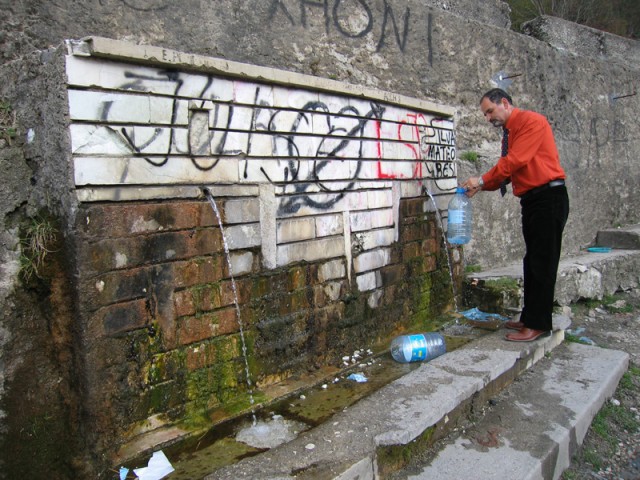
One of the many abundant springs dotting the roads in Albania. The water is amazingly sweet and good.
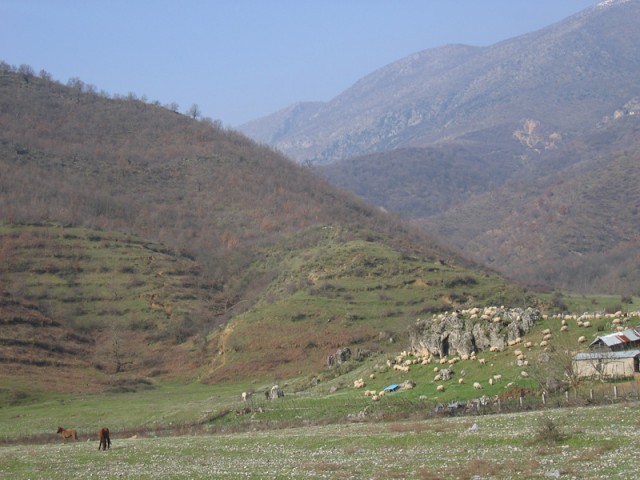
Flocks doing their thing. Notice the terraces cut into the hillside. Albania is covered in these man-made terraces — yet another gift from the communist era. The idea was to make the mountains bloom and increase the agricultural production of Albania. Instead, since the collapse, people now are faced with erosion problems and many of the hills and mountains terraced are now sliding which is playing havoc with buildings and roads in the path of the multitude of landslides.
